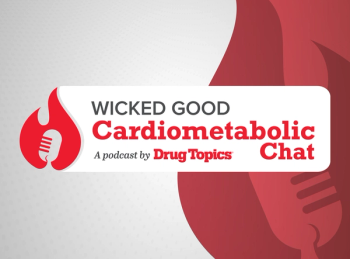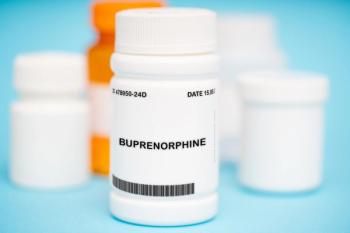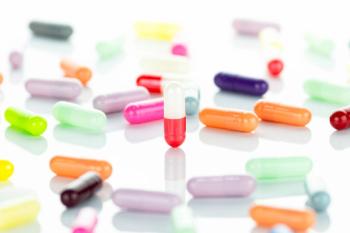
Mifepristone Reduces HbA1c in Patients With T2D, Hypercortisolism | ADA 2025
Results from the CATALYST trial showed patients who received mifepristone had a mean HbA1c reduction of 1.47%,
Mifepristone (Korlym) was shown to reduce HbA1c levels in patients with inadequately controlled type 2 diabetes (T2D) and hypercortisolism during the treatment portion of a phase 4 trial, Corcept Therapeutics announced in a release.1 Data from the study were presented at the American Diabetes Association’s 85th Scientific Sessions, which were held June 20-23 in Chicago, Illinois.
Data from CATALYST (
“Many people with type 2 diabetes do not respond adequately to conventional glucose-lowering therapies,” John Buse, MD, PhD, director of the University of North Carolina’s Diabetes Center, said in a release.2 “CATALYST shows that these patients should be screened for hypercortisolism and that treatment with a cortisol-directed therapy can confer significant clinical benefits, including meaningful reductions in HbA1c, body weight and waist circumference.”
CATALYST was a prospective, multicenter, double-blind phase 4 trial that had 2 parts. Part 1 of the study assessed the prevalence of hypercortisolism in patients with difficult to control T2D who were receiving usual care and was non-interventional. Part 2 assessed the safety and efficacy of mifepristone among this patient population.
Part 2 of the study, which was published in the journal Diabetes Care, included 136 adult patients with T2D and hypercortisolism who randomly received 300 to 900 mg mifepristone or placebo once daily for 24 weeks.3 The primary study endpoint was change in HbA1c, with secondary endpoints including change in weight, change in waist circumference, change in glucose-lowering medications, and safety.
Of the patients, the mean baseline HbA1c was 8.55%. The study found that, at 24 weeks, patients who received mifepristone had a mean HbA1c reduction of 1.47%, compared to 0.15% for patients who received placebo. Additionally, patients who received the therapy also experienced reductions in body weight and waist circumference.
“Mifepristone may not be the ideal solution to the problem, but we now have evidence that it is effective for many,” Buse said in a release.4 “There is now adequate data to support a paradigm shift in diabetes care to screen for and treat hypercortisolism as an approach to improve glycemic control in many with previously uncontrolled type 2 diabetes based on the full results of the CATALYST study.”
Investigators noted that 46% of the patients receiving mifepristone discontinued therapy, compared to 18% of patients who received placebo. The most common adverse events, which occurred in around 10% of patients, included fatigue, nausea, vomiting, headache, hypokalemia, peripheral edema, diarrhea, and dizziness. Increased blood pressure was also seen as an adverse event.
“Reductions in hemoglobin A1c of this magnitude are of great clinical benefit,” Ralph DeFronzo, MD, an investigator on the study, said in a release.1 “They are particularly compelling, given that the patients in CATALYST had been receiving our best therapies—but continued to experience serious disease. These findings should prompt expanded screening for hypercortisolism, more effective treatment and better health outcomes for patients who are struggling today.”
Don’t get left behind: Sign up today for our
References
1. Corcept Announces Positive Results in Treatment Phase of CATALYST Trial in Patients With Hypercortisolism (Cushing’s Syndrome) and Difficult-to-Control Diabetes. News Release. Corcept Therapeutics. December 12, 2024. Accessed June 26, 2025. https://ir.corcept.com/news-releases/news-release-details/corcept-announces-positive-results-treatment-phase-catalyst
2. Corcept Presents Data from Treatment Phase of CATALYST Trial at American Diabetes Association’s 85th Scientific Sessions with Simultaneous Publication in Diabetes Care. News Release. Corcept Therapeutics. June 23, 2025. Accessed June 26, 2025. https://ir.corcept.com/news-releases/news-release-details/corcept-presents-data-treatment-phase-catalyst-trial-american
3. DeFronzo RA, Fonseca V, Aroda VR, et al. Inadequately Controlled Type 2 Diabetes and Hypercortisolism: Improved Glycemia With Mifepristone Treatment. Diabetes Care. 2025 Jun 23:dc251055. doi: 10.2337/dc25-1055. Epub ahead of print. PMID: 40550011.
4. Investigators will present findings from treatment phase of CATALYST trial. News Release. American Diabetes Association. May 30, 2025. Accessed June 26, 2025. https://www.adameetingnews.org/investigators-will-present-findings-from-treatment-phase-of-catalyst-trial/
Newsletter
Pharmacy practice is always changing. Stay ahead of the curve with the Drug Topics newsletter and get the latest drug information, industry trends, and patient care tips.






































































































































